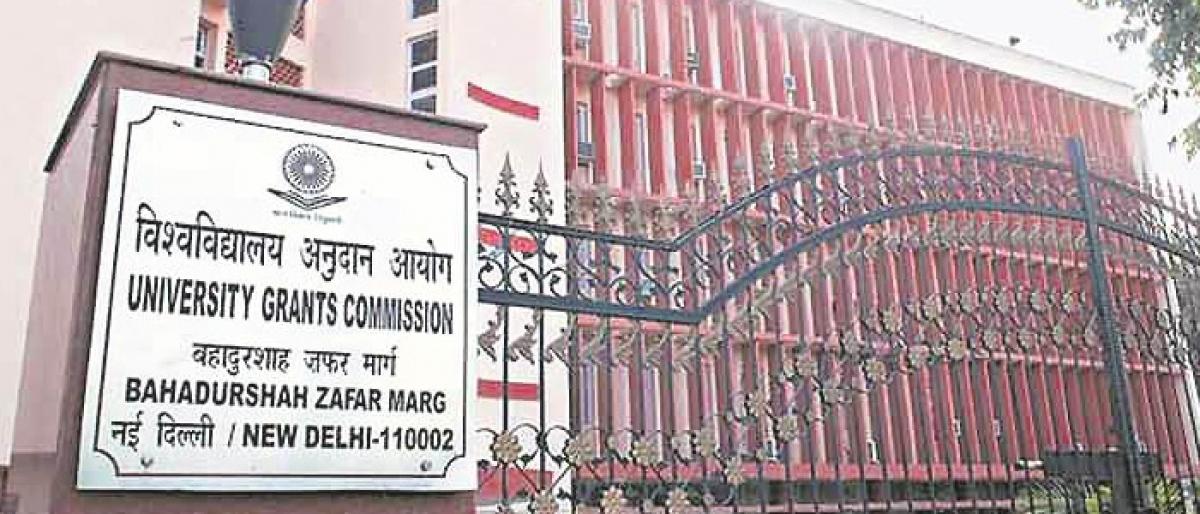Live
- I don't want to disrespect anyone with my films: Anurag Palutla
- Myntra's Big Fashion Festival to kick off on Sep 26 with 3.4 mn trend-first festive fashion styles
- World Barber's Day Celebrated by Nayi Brahmin Community in Aiza.
- Santosh Kashyap appointed as new head coach of Indian women's football team
- CP Sudheer Babu Makes Surprise Visit to Medipally Police Station
- Fashionista Goodapati Pravallika Inaugurates D sons patola art Expo at Banjara Hills
- Idea behind competitive fielding drill was to get everyone together as a team, says T Dilip
- Congress manifesto promises full statehood for J&K, silent on Article 370 (Ld)
- BJP fielding other parties to cut votes of Congress, says Hooda
- Chandrababu Naidu Explains Importance of Green Energy Revolution









